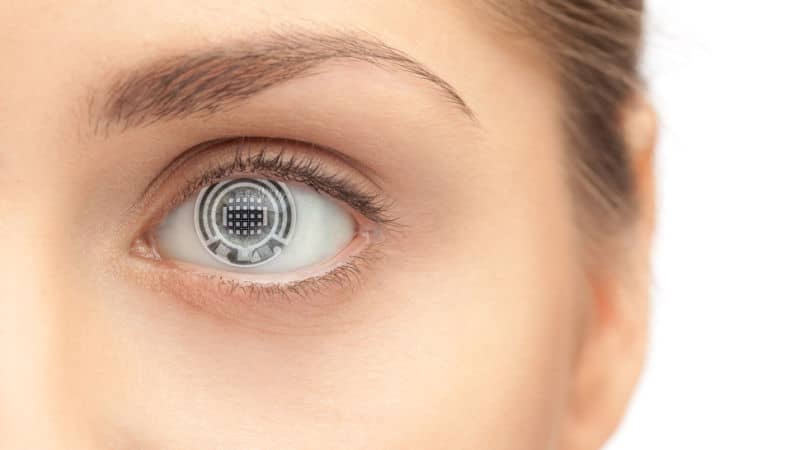The power of ultra-thin transistor technology is here to warn us about our health before it is too late, as claimed by a team of researchers from Oregon State University. Professor Gregory Herman, team lead, has developed a transparent biosensor that can be attached to a contact lens and can detect signs of a wide range of health conditions and alert you to take adequate steps.
Currently, the prototype can only detect blood glucose levels, but the researchers speculate that it can increase in applications to the point of even detecting cancer. The research will be presented on 5th April at the 253rd National Meeting & Exposition of the American Chemical Society.
The project began with Herman attempting to discover a better method to detect diabetes. He wanted to give an alternate to the invasive pricking or the electrode implantation method, which can be painful and cause skin infections. Thus the concept of disposable, biosensing contact lens was born.
Herman and his team have used a semiconductor made out of the compound gallium zinc oxide (IGZO) to make the prototype contact lens. A transparent sheet of IGZO was used to fabricated the biosensor’s transistors and glucose oxidase, which is an enzyme that can break down glucose. The working principle is pretty straightforward, the glucose in the person’s fluids come in contact with the biosensor, and the enzyme oxidizes the blood sugar. This causes the pH level mixture to shift that can trigger quantifiable changes in the electrical current passing through the IGZO transistors, with the tiny nanostructures embedded within the IGZO biosensor detecting the glucose concentrations.
Herman claims that over 2,500 biosensors can be embedded in a 1-millimeter square patch of an IGZO contact lens, each of which can measure a different bodily function.
“There is a fair amount of information that can be monitored in a teardrop,” Herman told Gizmodo. “Of course, there is glucose, but also lactate (sepsis, liver disease), dopamine (glaucoma), urea (renal function), and proteins (cancers). Our goal is to expand from a single sensor to multiple sensors.”
The sensor is in the development phase and hasn’t been attached to a contact lens yet. But the testing on animals will soon commence, and the team also looks to equip the lens with radio frequency (RF) transmission ability, which will power the device and charge the capacitors.
And since the contact lenses are disposable, they are hygienic and affordable.
“We are using a technology that is very similar to what is used for cell phones, the IGZO thin film transistors,” Herman said. “One hundred transistors in a cell phone display is going to cost less than ten cents.”
The research has already been published in the science journals Nanoscale and Applied Materials & Interfaces.

